[Phnom Penh, 11/4/23]
It’s 7AM, and I’m sitting in Cafe Amazon, a Thai chain. I’d rather be at Nil, but it doesn’t have wifi, and I wouldn’t want to hog one of its two tables. Forty hours ago, I arrived in Sihanoukville. With its unfinished highrises, pricey hotels, casinos everywhere and not enough homes, it’s a disaster of a city.
My cappuccino tastes slightly sour, but I won’t complain. Fermented dairy is an antioxidant, I hear. Already this morning, two dogs threatened me. With abandoned construction sites everywhere, there should have been ready chunks of concrete, but I found nothing. With just my face to scare them, I growled. You ain’t more dog than me!
Just over a decade ago, Sihanoukville was a destination for scruffy backpackers, so there were hostels, burger joints, crappy pizzerie and bars with live music, then Hun Sen opened it up to Chinese developers. Flooding in, they tried to transform it into a new Macao. Chinese investors funded this vision, then came the Covid hysteria, so suddenly, there were no Chinese tourists, businessmen, merchants or construction workers. Already priced out of their city, thousands of Cambodians also lost their jobs.
Before Covid, this city of roughly 150,000 people had around 200 casinos! Though Chinese have returned, it’s not clear how many gambling dens are operating.
Having finished my cappuccino yogurt, my stomach feels funny, but it will pass, or maybe I will. I’ll be deader than Sihanoukville!
I came here by train. Hugging highways, businesses cheer them up, though too many signs are a visual blight, certainly. Still, you can easily misjudge a country’s prosperity if you travel by car. On a train, the reverse often happens, especially in poorer nations, for their most destitute dwell in squalid shanties along the tracks. Seeing malnourished children seemingly within reach, passengers marvel that they don’t get run over. Bright faced despite everything, even babies wave.
Beyond old, the train rocked and swayed, so before long, nearly everyone was asleep. How comforting it was to be tucked into that elongated cradle. For the duration of the trip, we were liberated from bosses, taxes, social obligations and, hopefully, wars and natural disasters. Nothing was expected or required from any of us. Plus, we were united in aim, though, like death, each would get off at a different time.
Two yards from me sat a young woman who wore a mask and sunglasses, though it was dark enough. To cancel the world further, she had on earphones and was staring nonstop at her cellphone. Surrounded by diseased strangers, she felt somewhat safe.
Getting on in Komareachea, a woman noticed many foreigners in our car, so she shouted, “Hello!” Her baby boy sucked on a lollipop. Luckier than the shanty dwellers, he’s on a train, and not just waving at one.
After we had just crossed from South Africa into Noordoewer, Namibia, a woman told me she and her seven-year-old boy were on their first trip overseas. It’s also his very first time on a long-distance bus. Spotting a large spider, he insisted I looked at it, too. When the kid realized I couldn’t understand Afrikaans, he switched to English. Inspecting this peach colored insect together, we decided it was no rain spider. He taught me a new word.
I’ve photographed many busy train stations. Greedily shooting in Sihanoukville, I caught a woman in silver pyjamas with an IV drip bottle held high above her head. Since her life depended on it, it was more than a torch of liberty. On her forehead was a heat patch, so she also had a headache. Between that and her black Covid mask, only her eyes, nearly in tears, were visible. Walking alongside, her husband also looked miserable, as did her four-year-old son, with his green plastic car, held upside down.
Normally, a train or bus station has cheap lodgings right near it, but I had to walk a mile before running into SS Hotel and Residence. It looked too nice. Seeing a white guy on its steps, I shouted, “Hey buddy, how much is it a night here?”
“Forty five!”
I walked on. Seeing a sign for another hotel, I trudged up a hill, but couldn’t find it, so had to backtrack. Spotting this tired and confused looking foreigner, an old woman pointed me to steep steps, leading down. Though she warned me repeatedly to avoid a thin stream of dirty water, I stepped right into it. With my two bags, there was no way I could hop across it. Immediately, I fell and couldn’t get up! Under that filthy water was slippery green moss only locals knew to avoid. Passing by, a man got off his motorbike to help me up. Though wet, I was unhurt.
Ducking into another Cafe Amazon, I used its wifi to find a cheap enough place to lie down, so now, I’m happily ensconced in Paradise Cozy Guest House, at $20 a night.
At that Cafe Amazon, the barista was gruff. Like many here, she’s not just tired of foreigners, but the sick and uncertain economy. At least she has a guaranteed income. All the tuk-tuk drivers, food cart owners, itinerant vendors, hotel cleaners, security guards, croupiers, waitresses and whores are wondering when, or if, that new Macao will arrive.
In Phnom Penh, I was most happy being nearly always within sight of the Central Market. Before dawn, I could see and hear it come to life from the balcony of my Zing Hotel room. At Klang Boy Bak Kut Teh, I could enjoy excellent Hokkien and Malaysian Chinese dishes. Walking through two dim alleys several times a day calmed me down.
Though I find Sihanoukville charmless and ugly, I’m here now, so will explore and even enjoy it.
Most planned cities or even neighborhoods have turned out disastrous. Still, our masters can’t help themselves. With their surprises, mess, spontaneous creativity and historical resonances, organically evolved settlements are best.
From my seat, I can see a Starbucks and a KFC. Burger King is just out of sight. On its walls are black and white photos of America from the 1950’s. It’s a nostalgic vision of a more wholesome society, one almost no American has experienced, much less a Cambodian!
After all, you can’t sell anything with images of collapsed factories, tent cities, landwhales, nuisance streamers, drag queens, drill rappers or Joe Biden, etc.
As the US sinks, any lingering infatuation with it can only be attributed to a farcical misunderstanding. On the train, there was a young woman with this on the back of her pink hoodie, “of the long road, never thought of for. king difficult choice, olny know my heart in front.” It’s a magical incantation. Biden makes less sense. His choice as puppet is the ultimate fuck you to US voters.
Three days ago in Phnom Penh, I saw a woman buying bread for her four-year-old daughter. Even before she could hold the baguette, this girl beamed with delight. She was also chatting with the seller on his motorbike. Each day, she looked forward to this same breakfast.
Near Paradise Cozy in Sihanoukville, there are also happy children. Just arrived, I already hear their laughter. Dancing around trash and suspicious streams, they play. Even the ugliest city in Cambodia is still sane.
[Phnom Penh, 11/4/23]
[Sihanoukville, 11/5/23]
[Sihanoukville, 11/6/23]
[Sihanoukville, 11/6/23]
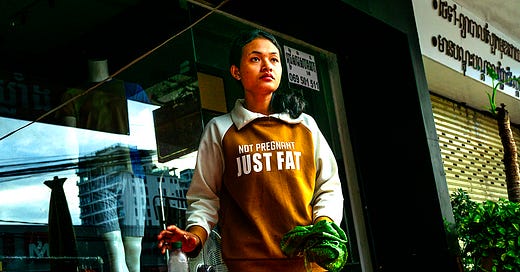



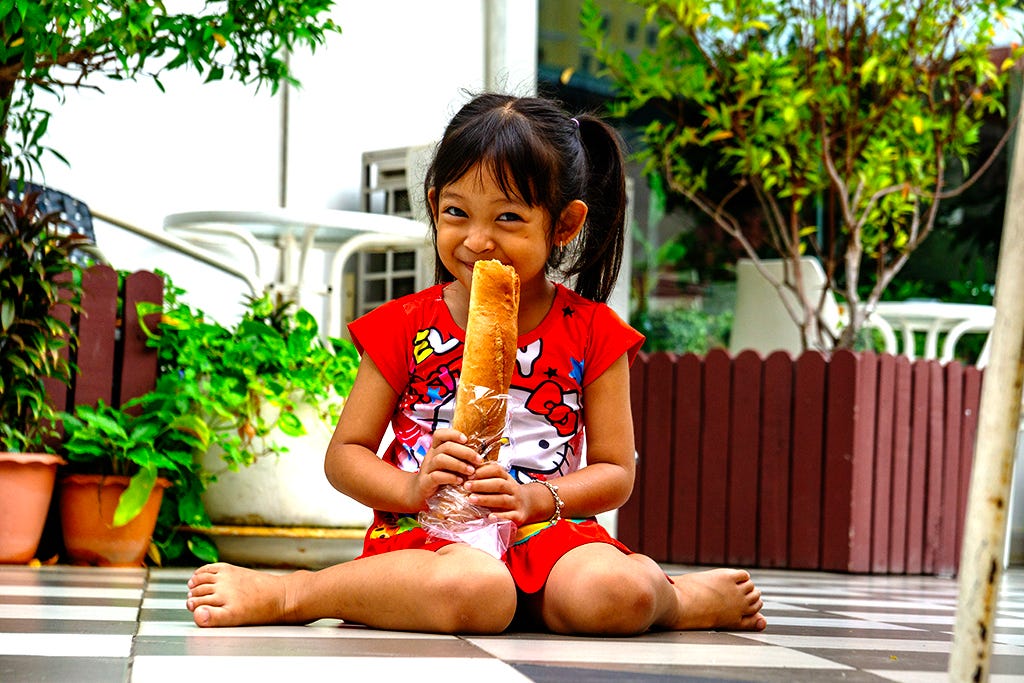
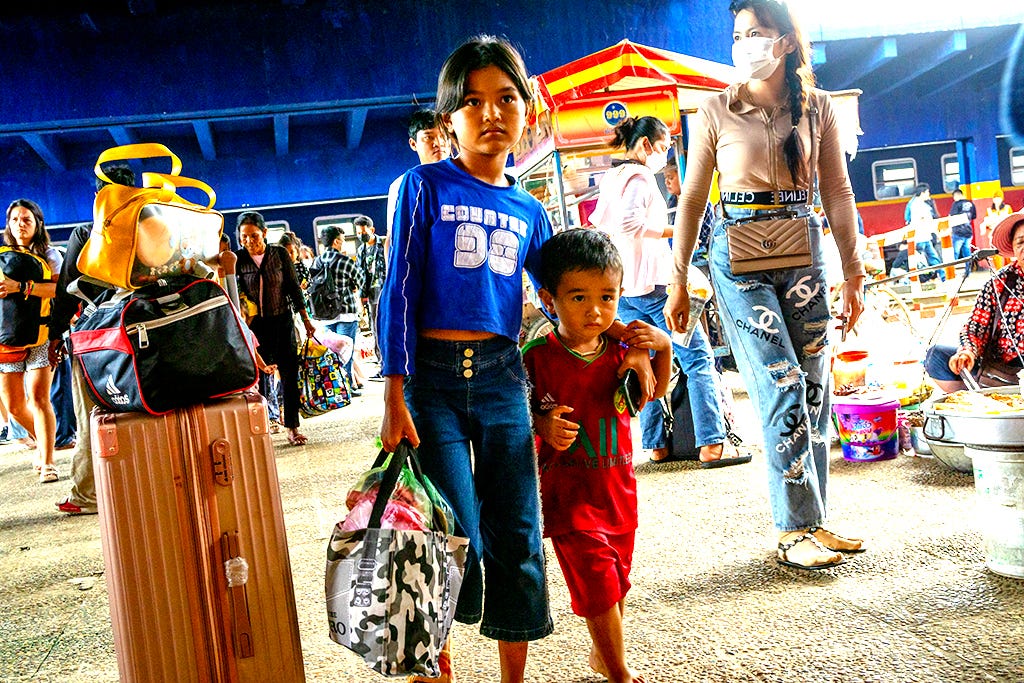
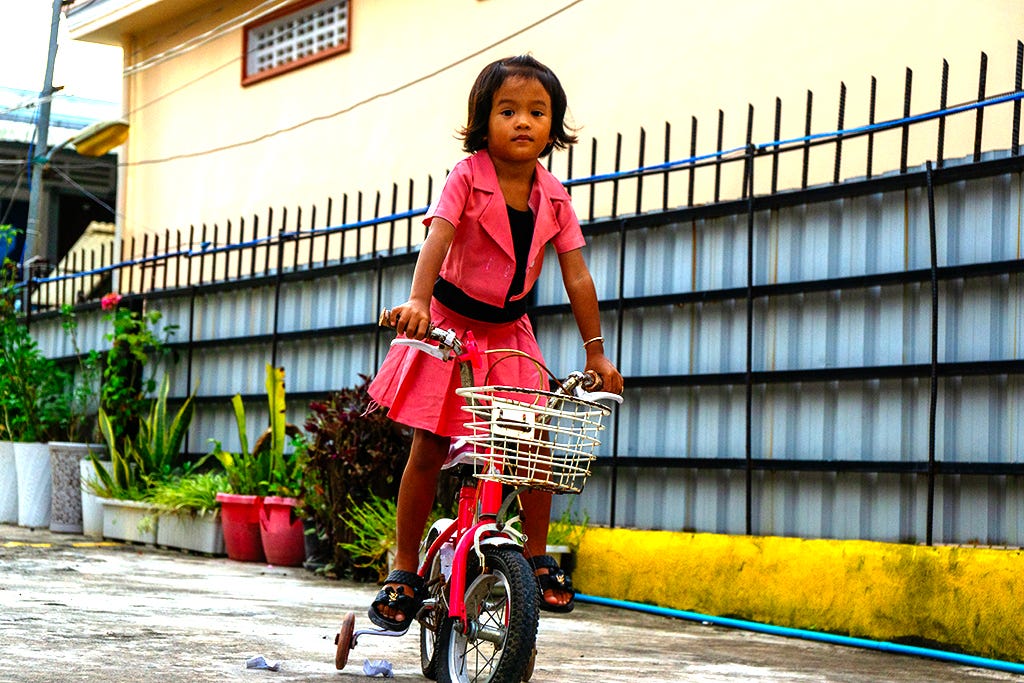
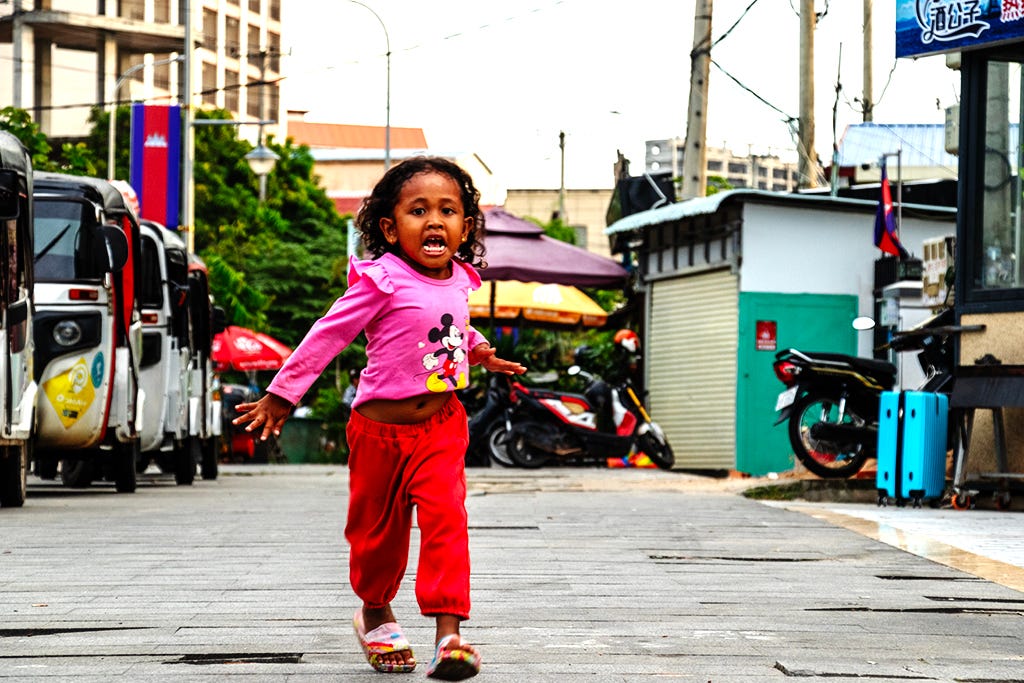
Hi everyone,
Here are only a few of the many unfinished or dead buildings in Sihanoukville:
http://linhdinhphotos.blogspot.com/2023/11/unfinished-building-on-11-7-23.html
http://linhdinhphotos.blogspot.com/2023/11/dead-casino-on-11-7-23-sihanoukville-2.html
http://linhdinhphotos.blogspot.com/2023/11/from-sidewalk-i-could-only-see-very-top.html
http://linhdinhphotos.blogspot.com/2023/11/unfinished-building-on-11-6-23_7.html
http://linhdinhphotos.blogspot.com/2023/11/unfinished-building-on-11-6-23.html
Linh
"Most planned cities or even neighborhoods have turned out disastrous."
Yeah but that doesn't stop developers from trying. Brasilia, designed by a Jewish Communist architect, is one of the funniest: created as a socialist utopia, it has large, weird-shaped but ultimately soulless buildings where politicians work and live, that are only reachable by car, while most of the population lives either in huge cement blocks or around the city perimeter in ugly shantytowns.
The Barbican in London, with its ugly brutalist architecture, is another example of a dehumanizing planned neighborhood.